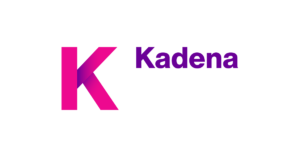 An Intellyx Brain Candy Update
An Intellyx Brain Candy Update
We thought we’d catch up with blockchain company Kadena, since it’s been about a year since we last wrote about the company in January 2019.
Kadena’s core technical accomplishment is what it calls ‘braiding,’ where the company combines ten subchains to support the transactions on its main chain, thus increasing the hash rate of its blockchain by a factor of ten.
Then, once the company has established this ten-subchain blockchain architecture in the marketplace, it plans to roll out new blockchains with more subchains, up to 100 (at least). Each of these rollouts requires a hard fork.
Kadena also offers private blockchains in addition to its main public blockchain as a way of ramping up its business. But it is betting on the public blockchain as its long-term strategy.
Kadena is also focusing its efforts on Pact, its open source smart contract language, and sees its blockchains as substrates for running smart contracts.
Kadena’s long-term business strategy is to have enough customers on its main chain to foster a viable token economy that would adequately compensate miners as well as give users a way to pay for services on the chain.
Whether such a strategy is viable is anybody’s guess, but Kadena’s architecture is well-positioned to support such a strategy if the company can figure out a way to make it work.
Copyright © Intellyx LLC. Intellyx publishes the Cortex newsletter, advises companies on their digital transformation initiatives, and helps vendors communicate their agility stories. As of the time of writing, none of the organizations mentioned in this article are Intellyx customers. To be considered for a Brain Candy article, email us at pr@intellyx.com.



